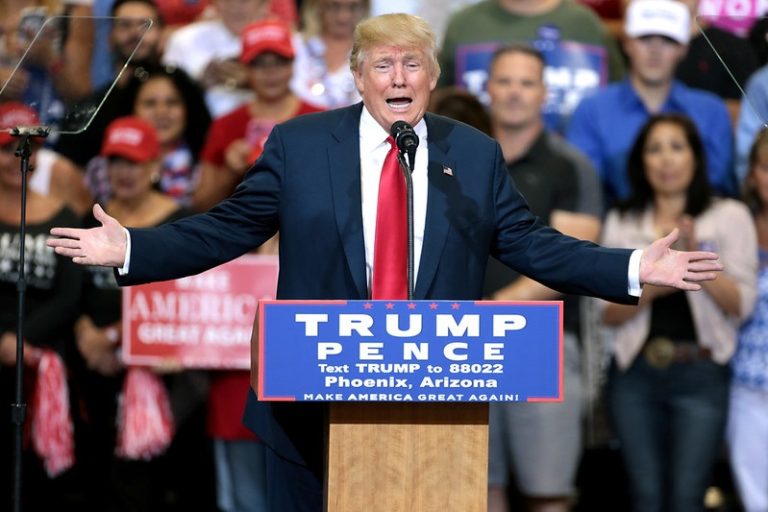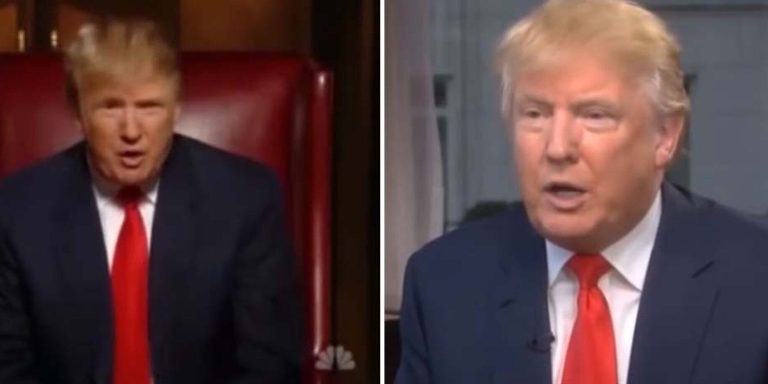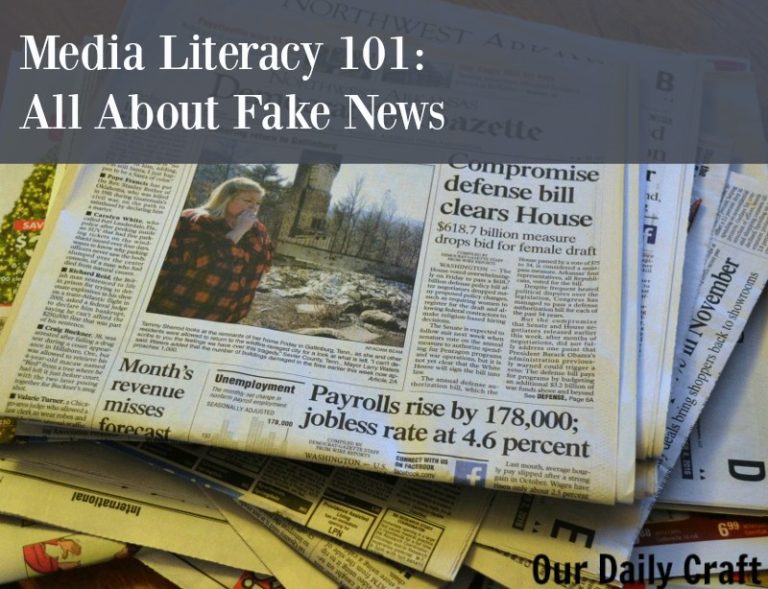

Trump’s Media Battles: A Legacy of Fighting for the People?
Donald Trump’s relationship with the media is arguably one of the most defining aspects of his presidency and post-presidency. Characterized by fervent attacks, unwavering counter-narratives, and a relentless pursuit of his own version of truth, it presents a complex and multifaceted narrative. Was it a battle for the people, a fight against a biased establishment, or simply a strategic deployment of power? This article delves into the multifaceted nature of Trump’s media wars, exploring the key battles, their impact, and the lingering questions they raise.
The Pre-Presidential Stage: Setting the Stage for Conflict
Long before his ascent to the White House, Trump cultivated a reputation for engaging in highly publicized conflicts with the media. His use of Twitter, even then, was a powerful weapon, bypassing traditional journalistic gatekeepers and directly addressing his supporters. He mastered the art of “owning” the media, turning negative press into a source of fuel for his brand. This pre-presidential media strategy set the stage for the more intense battles to come. He didn’t merely react to criticism; he actively sought it out, framing himself as a victim of a biased system, thus cultivating a powerful narrative of a lone warrior against the establishment.
The Presidency: A War on Multiple Fronts
Trump’s presidency witnessed an escalation of his media battles. He frequently labeled news outlets “fake news,” “enemies of the people,” and actively sought to discredit reporting he found unfavorable. This wasn’t simply rhetoric; his administration actively pursued legal battles against journalists and news organizations, raising concerns about freedom of the press. Simultaneously, he cultivated a strong relationship with certain media outlets, particularly Fox News and other conservative media platforms, reinforcing his narrative and bypassing critical reporting.
| Battleground | Key Players | Outcome | Legacy |
|---|---|---|---|
| “Fake News” Narrative | Mainstream Media, Social Media | Increased polarization, erosion of trust in media | Ongoing debate on media bias and truth |
| Access to Information | White House Press Corps, Journalists | Restricted access, limited briefings | Questions about transparency in government |
| Legal Battles | New York Times, Washington Post | Mixed results, ongoing litigation | Concerns about chilling effects on journalism |
Post-Presidency: The Fight Continues
Even after leaving office, Trump’s media battles persist. His continued use of social media, coupled with his pronouncements and statements through various channels, maintain his influence and amplify his ongoing conflicts with the media. He continues to portray himself as a victim of a biased system, utilizing this narrative to energize his base and maintain a powerful presence in the public discourse. His attempts to control the narrative, both directly and indirectly, remain a significant force in the media landscape.
Analyzing the Narrative: Fighting for the People?
Trump’s media battles are undeniably complex. While he positioned himself as a champion of the people, fighting against a biased and unfair media system, a critical examination reveals a more nuanced picture. His actions often served to consolidate power and control the narrative, regardless of the accuracy or fairness of the information disseminated. This begs the question: was his fight truly “for the people,” or primarily for himself and his political agenda?
The answer is likely somewhere in between. His attacks on the media resonated with a segment of the population who felt disenfranchised and distrustful of traditional institutions. However, his methods often undermined democratic processes and journalistic integrity. The legacy of these media battles remains a subject of intense debate, prompting ongoing discussions about the role of media in a democratic society and the responsibilities of those in power.
Conclusion: A Lasting Impact
Donald Trump’s media battles represent a significant turning point in the relationship between American politics and the media. His unprecedented approach—a blend of aggressive attacks, strategic manipulation, and direct engagement with supporters—reshaped the media landscape and left an enduring mark on the public’s perception of both politicians and the press. The long-term consequences of this era of media warfare are still unfolding, and the debates they spark continue to shape the political and informational environment. Whether his actions ultimately served the “people” is a question that will continue to be debated and analyzed for years to come.

Additional Information
Trump’s Media Battles: A Deeper Dive into the Legacy of “Fighting for the People”
The assertion that Donald Trump’s media battles represent a fight “for the people” is a complex and highly debatable claim. While he frequently framed his conflicts with the media as a defense of his supporters against a biased and elitist establishment, a thorough analysis reveals a more nuanced reality, encompassing strategic communication, personal grievances, and the exploitation of existing political polarization.
Strategic Communication and the Cultivation of a “Us vs. Them” Mentality: Trump masterfully leveraged the media’s inherent desire for conflict and controversy. His frequent attacks, often delivered via Twitter (now X) and rallies, generated immense media coverage, regardless of the accuracy or validity of his claims. This “earned media” strategy bypassed traditional advertising costs, effectively circumventing critical journalistic scrutiny. The constant barrage of accusations against the “fake news” media cultivated a “us vs. them” mentality among his supporters, solidifying his image as a populist champion against the established order. This is evident in the consistent high ratings of news programs featuring Trump, even when portraying him negatively – highlighting the power of his name recognition and the public’s fascination with his battles.
Personal Grievances and the Erosion of Trust: Many of Trump’s media battles stemmed from personal grievances, rather than a principled defense of his constituents. He frequently targeted journalists and news organizations who presented negative or critical coverage, often resorting to personal attacks and insults. This behavior, while effective in mobilizing his base, significantly contributed to the erosion of public trust in both the media and political institutions. Studies consistently show a decline in trust in mainstream media during and after Trump’s presidency, although causality is difficult to definitively establish.
Exploitation of Existing Political Polarization: Trump’s media battles effectively capitalized on existing political divisions. By portraying himself as a victim of media bias, he rallied his supporters against a common enemy, further solidifying partisan lines. This strategy, while successful in garnering support, exacerbated existing societal divisions and contributed to an increasingly fragmented information landscape. The rise of alternative media outlets and the proliferation of misinformation during this period underscore the dangers of such a strategy.
Case Studies:
- The “Fake News” Narrative: Trump’s consistent labeling of unfavorable news as “fake news” undermined journalistic credibility and created an environment where truth and falsehood became increasingly blurred. The impact of this narrative on public perception of factual information is still being studied, but anecdotal and empirical evidence suggests a significant negative influence.
- The Access-Denial Strategy: Trump’s administration frequently denied access to journalists deemed critical, limiting their ability to report independently and hindering factual reporting. This strategic limitation of access further fueled accusations of media bias and promoted a sense of secrecy and distrust.
- The Use of Social Media: Trump’s heavy reliance on Twitter (now X) provided him with an unparalleled platform to bypass traditional media gatekeepers and communicate directly with his supporters. This, however, also made him vulnerable to misinformation and amplified his inflammatory rhetoric, setting a precedent for political communication that continues to have significant implications.
Conclusion:
Analyzing Trump’s media battles through the lens of a “fight for the people” requires a critical examination. While he undoubtedly mobilized support through these conflicts, his strategies often prioritized personal grievances and political gain over unbiased information dissemination. The lasting legacy of these battles is a deeply polarized information environment characterized by declining trust in traditional institutions and a proliferation of misinformation, which ultimately undermines the very democratic process he purported to champion. Further research should focus on the long-term consequences of these media strategies on public discourse, political participation, and the overall health of democratic institutions.







